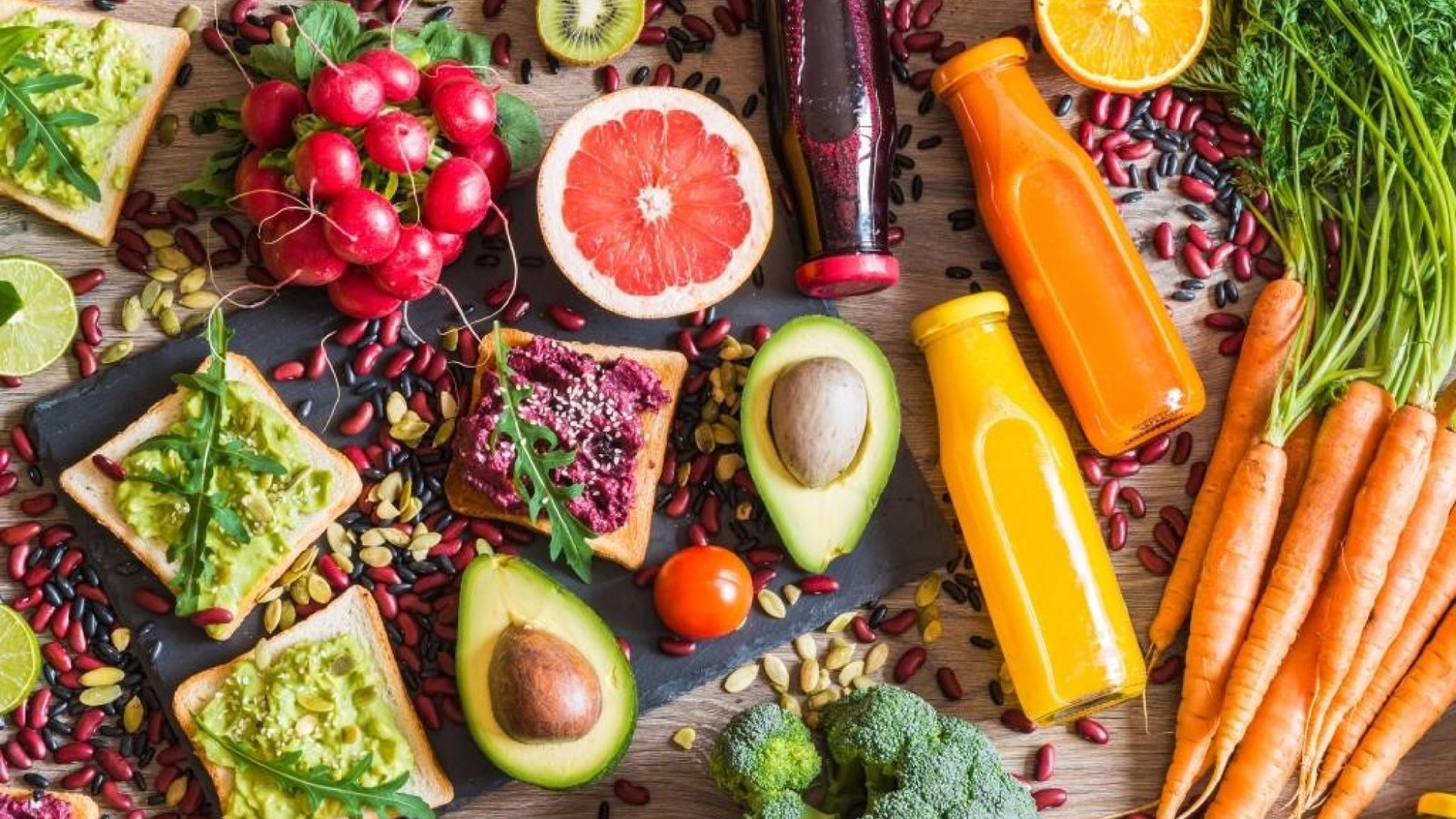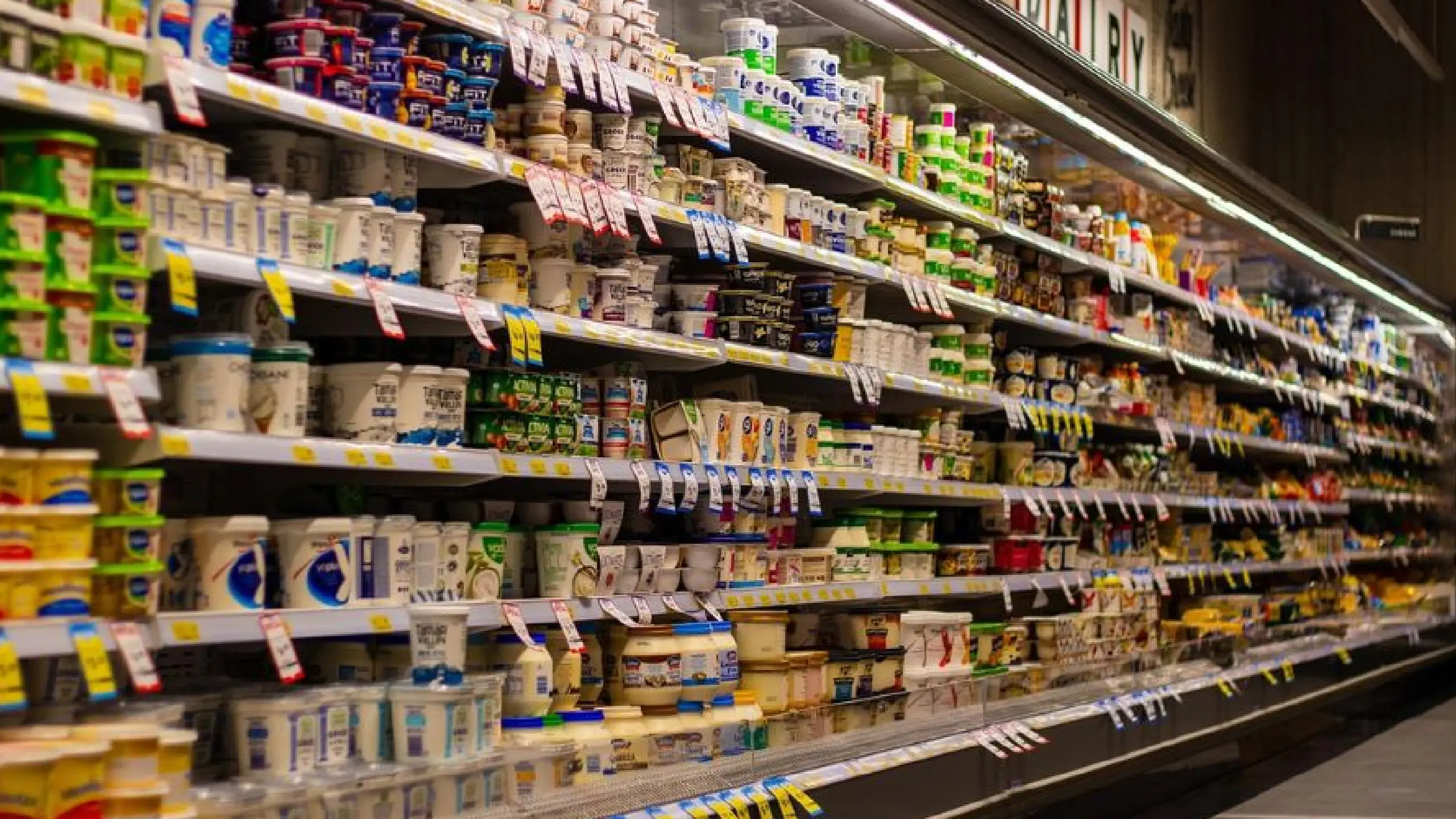
FMCG E-Commerce Explosion: The Shift in Buying Channels
In the grand theatre of commerce, the fast-moving consumer goods (FMCG) sector has always been a star performer. From soaps and snacks to shampoos and beverages, FMCG products have a rhythm of their own—fast, predictable, and ever-present. But in recent years, this star has taken a dramatic turn, stepping into the digital spotlight with gusto. The rise of FMCG e-commerce is not just a trend; it is a full-blown revolution, reshaping how consumers shop, how brands engage, and even how entire supply chains operate.
The Digital Dawn of FMCG
Once upon a time, purchasing daily essentials meant a walk down to the local kirana store, greeting the shopkeeper, and maybe even haggling a bit. Today, it takes a few swipes on a smartphone screen and a couple of clicks to have groceries, toiletries, or snacks delivered right to the doorstep. FMCG companies, traditionally anchored in physical retail, have had to pivot at breakneck speed to keep up with this shift.
This transformation isn’t simply about convenience; it reflects a fundamental change in consumer behavior. Modern shoppers seek speed, variety, and highly personalized experiences—all of which digital shopping provides in abundance. The era of FMCG e-commerce is here, and it’s bringing with it an entirely new set of expectations for brands, logistics providers, and even marketers.
The Surge of Online Grocery Shopping
Among the many facets of FMCG e-commerce, online grocery shopping has arguably seen the most explosive growth. What used to be a weekly or monthly chore has become an on-demand service. Consumers can browse a virtual aisle of products, compare prices, check reviews, and schedule delivery—all without leaving the comfort of home. This shift has been accelerated by rising internet penetration, smartphone adoption, and seamless digital payment options.
Digital shopping platforms have made groceries not just a purchase but an experience. The convenience of scheduling deliveries, the ability to reorder regularly purchased items with a single click, and the flexibility to explore a broader range of products than any physical store can stock have created a new standard for consumer expectations. Online grocery shopping has moved from novelty to necessity in a matter of years, and FMCG brands that fail to embrace this reality risk being left behind.
The Role of Consumer Convenience
At the heart of this e-commerce explosion lies a simple yet powerful principle: consumer convenience. Today’s shoppers are busier than ever. They are time-starved, information-rich, and expectation-heavy. FMCG e-commerce platforms cater to these needs by offering intuitive interfaces, smart recommendation algorithms, and lightning-fast delivery options.
Moreover, the integration of digital payments has made transactions smoother than ever. Consumers no longer need to carry cash, calculate change, or worry about security. A few taps and a payment is complete. This frictionless shopping experience not only builds trust but also encourages repeat purchases, driving customer loyalty and brand affinity.
Consumer convenience extends beyond mere speed or payment options. Personalization has become the new battleground. Modern shoppers expect platforms to remember their preferences, suggest relevant products, and even anticipate needs before the consumer articulates them. Brands that fail to adapt will find their shelves—and websites—gathering digital dust.
The Rise of Quick Commerce
Quick commerce, or q-commerce, is the latest disruptor in the FMCG e-commerce landscape. While traditional e-commerce promised delivery within hours or days, q-commerce aims to deliver within minutes. This ultra-fast service model has gained massive traction in urban centers, where convenience and immediacy often outweigh price considerations.
In major cities, consumers now have the option to order daily essentials, snacks, or beverages and receive them at their doorstep in as little as 10–30 minutes. Quick commerce platforms have effectively created a new kind of consumer expectation: why wait for hours when minutes will do? This has profound implications for FMCG companies, logistics providers, and marketers alike. Inventory management, predictive analytics, and hyperlocal delivery infrastructure have suddenly become critical capabilities.
The Impact of Government Reforms
Government policies also play a pivotal role in shaping the FMCG e-commerce landscape. Tax reforms, regulatory simplifications, and incentives can significantly influence pricing strategies and consumer adoption. For instance, simplified tax structures or reduced GST rates on essential FMCG items can directly translate into lower prices for consumers, further boosting online sales.
Leading FMCG companies have responded to these shifts by adjusting prices, optimizing supply chains, and investing in digital channels. The combination of policy-driven affordability and the convenience of digital shopping creates a perfect storm for e-commerce growth.
The Strategic Role of Market Research
Navigating this rapidly evolving landscape requires insight, foresight, and strategy. FMCG brands must understand not just what consumers are buying, but why, when, and how. This is where market research firms like Blackwater become indispensable. By analyzing market trends, consumer behavior, and competitive strategies, Blackwater equips brands with actionable insights that drive smarter decisions.
Whether it’s determining the right product assortment for an online grocery platform, optimizing pricing strategies, or designing personalized marketing campaigns, Blackwater helps FMCG companies stay ahead of the curve. In an environment where consumer preferences shift almost overnight, data-driven decisions are no longer optional—they are essential.
Technology as the Backbone of FMCG E-Commerce
Technology is the silent enabler of the FMCG e-commerce boom. Advanced logistics software, AI-driven recommendation engines, predictive analytics, and mobile-first platforms are transforming how FMCG brands interact with consumers. Automation in warehouses and delivery hubs reduces errors and speeds up fulfillment, while mobile apps provide an intuitive shopping experience that makes online grocery as easy as a stroll through a physical store.
Artificial intelligence also plays a critical role in personalization. By analyzing purchasing history, browsing patterns, and even social media activity, brands can offer tailored promotions, suggest complementary products, and anticipate demand surges. This not only enhances consumer satisfaction but also improves sales efficiency, creating a win-win scenario for both brands and shoppers.
The Emergence of Social Commerce
Beyond traditional e-commerce, social commerce is gaining momentum as a powerful channel for FMCG brands. Platforms like Instagram, Facebook, and TikTok are no longer just social networks—they are marketplaces where products can be discovered, shared, and purchased seamlessly. Influencer collaborations, live-stream shopping, and targeted advertising allow brands to engage with consumers in highly interactive ways.
FMCG e-commerce in this context becomes not just transactional but experiential. Consumers are not merely buying products; they are participating in a digital ecosystem where discovery, community, and convenience converge.
Challenges in the FMCG E-Commerce Landscape
Despite the tremendous opportunities, FMCG e-commerce is not without its challenges. Supply chain complexities, data privacy concerns, and the need for real-time inventory management pose significant hurdles. Ensuring product quality during rapid deliveries, handling returns efficiently, and maintaining consumer trust require careful planning and robust infrastructure.
Moreover, as competition intensifies, differentiation becomes crucial. Brands must offer unique value propositions, whether through exclusive products, loyalty programs, or superior customer service. The companies that can combine convenience with innovation, backed by reliable data insights, will emerge as market leaders.
Looking Ahead: The Future of FMCG E-Commerce
The trajectory of FMCG e-commerce points toward continued growth and innovation. Consumers are increasingly comfortable with digital shopping, and the technology and infrastructure supporting this trend are improving at breakneck speed. Urbanization, rising disposable incomes, and the ongoing proliferation of smartphones and internet access suggest that the online grocery segment, in particular, will continue to flourish.
Market research will remain a cornerstone of success. Companies like Blackwater provide the intelligence required to anticipate trends, optimize operations, and engage consumers effectively. By leveraging insights from data analytics, FMCG brands can navigate uncertainties, identify growth opportunities, and tailor strategies to evolving consumer behaviors.
Brands that embrace agility, innovation, and a consumer-first mindset will not just survive—they will thrive. FMCG e-commerce is not merely a channel; it is a transformation in how consumers interact with brands, how products are delivered, and how businesses strategize in a digital-first world.
Conclusion
The FMCG e-commerce explosion represents more than a shift in buying channels; it signifies a wholesale transformation in consumer expectations, brand engagement, and retail strategy. From online grocery shopping to quick commerce, from digital convenience to social commerce, the landscape is rich with opportunity for brands ready to adapt.
Consumer convenience is no longer a nice-to-have—it is a competitive necessity. Technology, data analytics, and market research are the engines that drive this convenience, enabling FMCG companies to anticipate needs, personalize experiences, and deliver value seamlessly. Firms like Blackwater provide the insights and strategic guidance that make this possible, helping brands to not only keep pace with change but to lead it.
In the end, FMCG e-commerce is about more than selling products online. It is about creating an ecosystem where consumers feel understood, valued, and empowered. It is about blending speed, efficiency, and personalization into every digital interaction. And it is about leveraging intelligence—market, consumer, and technological—to navigate the ever-evolving landscape of modern retail.
The FMCG star is shining brighter than ever in the digital sky, and those who embrace this new era with insight and innovation will reap the rewards of the e-commerce explosion.



